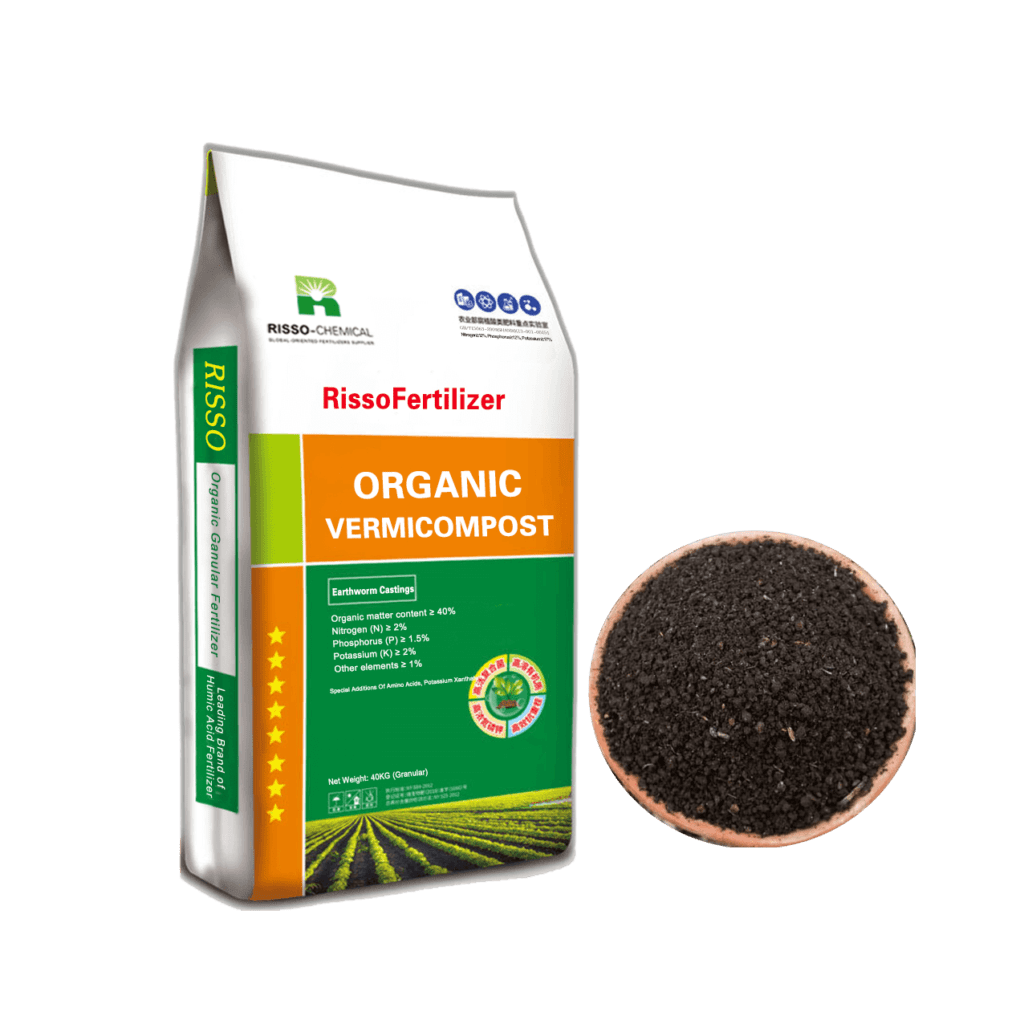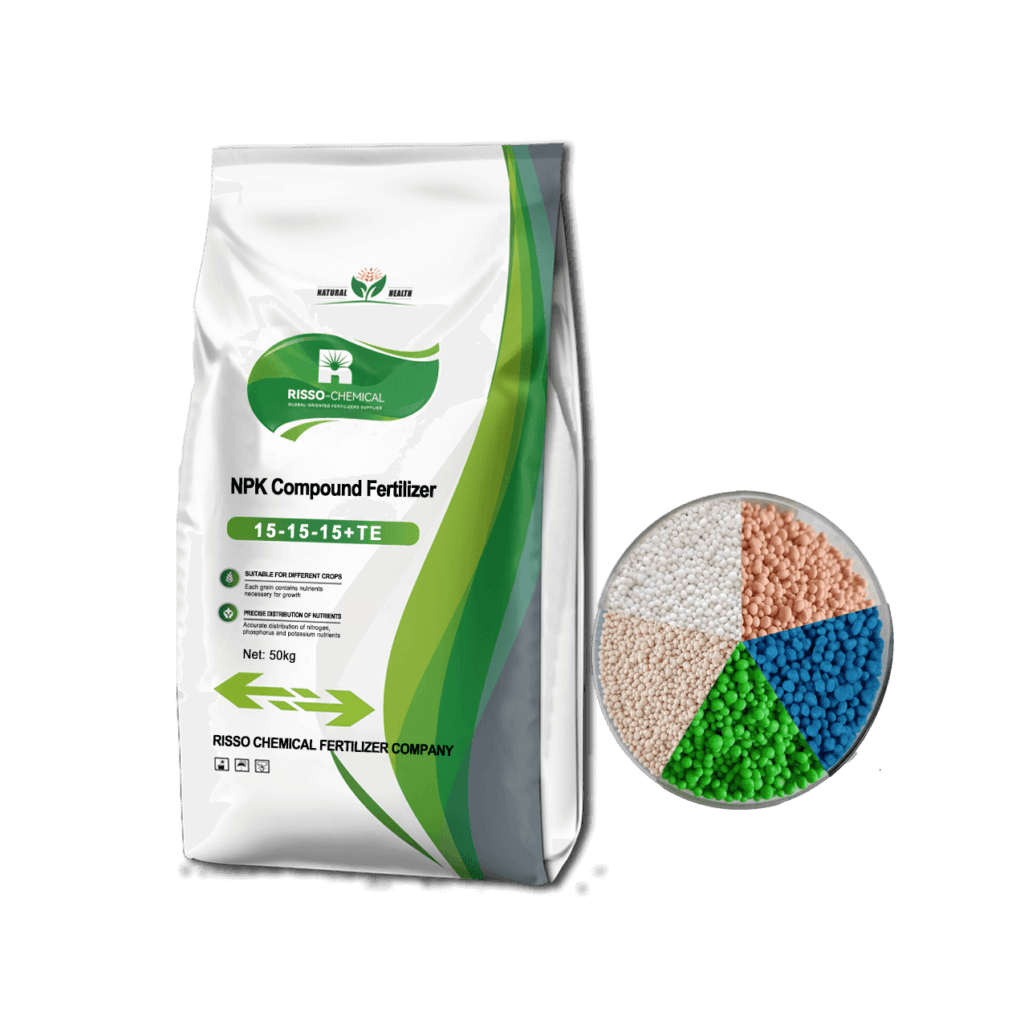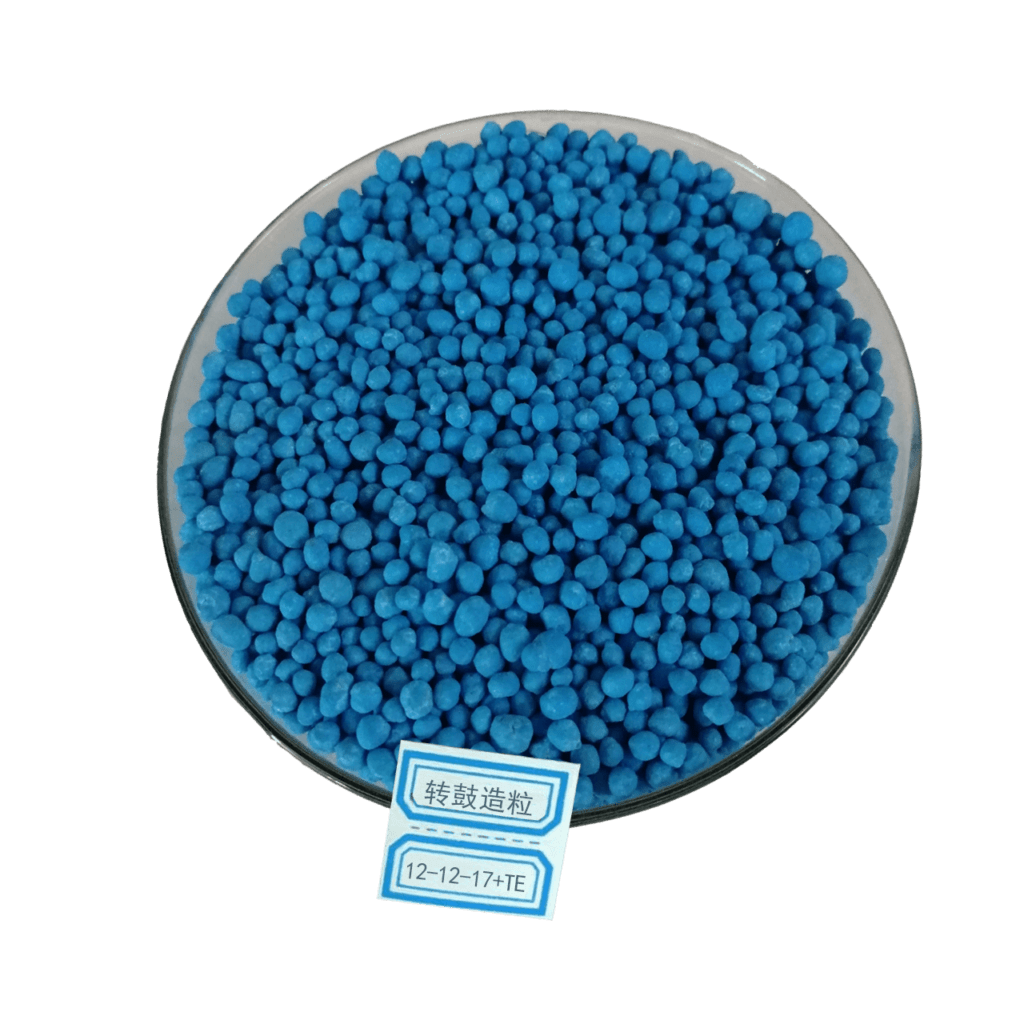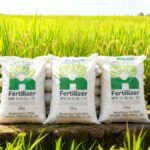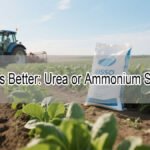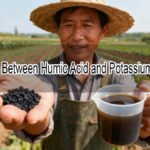Let more growers get greater benefits
What Is the Best Fertilizer for Durian Trees? Guide
- Industry News
- July 9, 2021
- 9:18 am
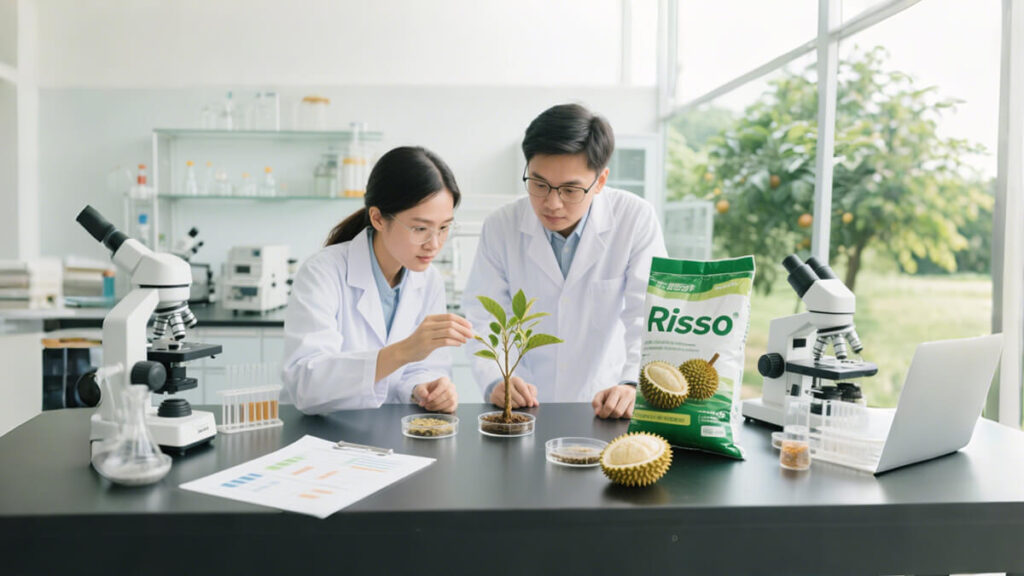
Durian, often called the “King of Tropical Fruits,” is a high-value crop that requires a careful and strategic approach to fertilization. Whether you manage a commercial durian orchard or a small plantation, choosing the best fertilizer for durian trees is essential to ensure strong vegetative growth, consistent flowering, and high-quality fruit yield.
This professional guide outlines science-backed recommendations for durian fertilizer programs, including application schedules, nutrient strategies, and product types for both organic and conventional systems. With proper planning, growers can optimize their investment and improve orchard sustainability.
Table of Contents
1.Understanding Durian Nutritional Requirements
Durian trees demand a balanced supply of macronutrients and micronutrients throughout their life cycle.
Nitrogen (N) supports leafy growth in the early years.
Phosphorus (P) promotes root development and flower initiation.
Potassium (K) enhances fruit quality, sweetness, and disease resistance.
Calcium (Ca) and magnesium (Mg) improve skin integrity and internal quality, while boron (B) is critical for fruit set and retention.
Given the tree’s shallow root system, nutrients must be placed carefully in the top 30–45 cm of soil and supported by good moisture management. A successful durian fertilizer application schedule is tailored to the plant’s developmental stage and environmental conditions.
2. Types of Fertilizers for Durian Trees
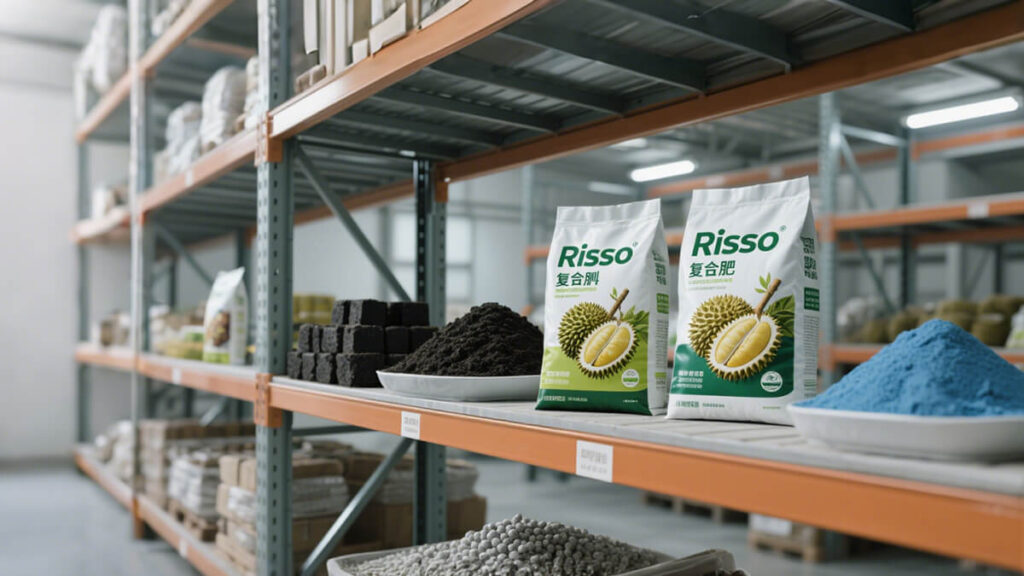
A. Granular/Basal Fertilizers
Granular or basal fertilizers form the foundation of most durian fertilization programs. These fertilizers are applied directly to the soil and provide sustained nutrition over weeks or months. For instance:
In the first 1–3 years, balanced formulations like 15-15-15 or 14-14-14 NPK fertilizer for durian are ideal for promoting healthy roots and canopy growth.
After year 3, more focused blends such as 12-12-17+TE is used to encourage flowering and early fruit set.
Growers are advised to use chloride-free potassium sources such as potassium sulfate (K₂SO₄) instead of potassium chloride (KCl), especially during the fruit development stage. This not only improves sweetness and aroma but also protects the soil from salt stress—an important factor when selecting the best granular fertilizer for durian trees.
B. Foliar Fertilizers
Foliar fertilization plays a critical role in supplementing nutrients during key phenological phases such as pre-flowering, flowering, and fruit development.
Common durian foliar fertilizer programs use:
Seaweed extracts to stimulate hormonal activity and stress tolerance,
Mono-potassium phosphate (MKP) to support flowering,
Fish amino acid sprays to enhance nutrient absorption and leaf vitality.
These organic and inorganic foliar sprays are particularly effective during dry spells or when soil conditions limit nutrient uptake. In integrated durian farming systems, organic foliar fertilizers for durian trees are preferred to maintain sustainability and fruit safety.
C. Organic Compost and Vermicompost
Organic matter is essential for maintaining long-term soil health. In many plantations, compost made from durian shells, livestock manure, and fruit residues provides a cost-effective source of slow-release nutrients.
Compost fertilizer for durian trees helps improve soil texture, microbial activity, and water retention. In parallel, Vermicompost —the product of worm digestion—offers highly bioavailable nutrients along with natural enzymes that promote root growth and nutrient efficiency.
Incorporating organic inputs not only reduces dependency on synthetic fertilizers but also supports an eco-friendly orchard management system.
3. Best Fertilizer Formulations by Growth Stage
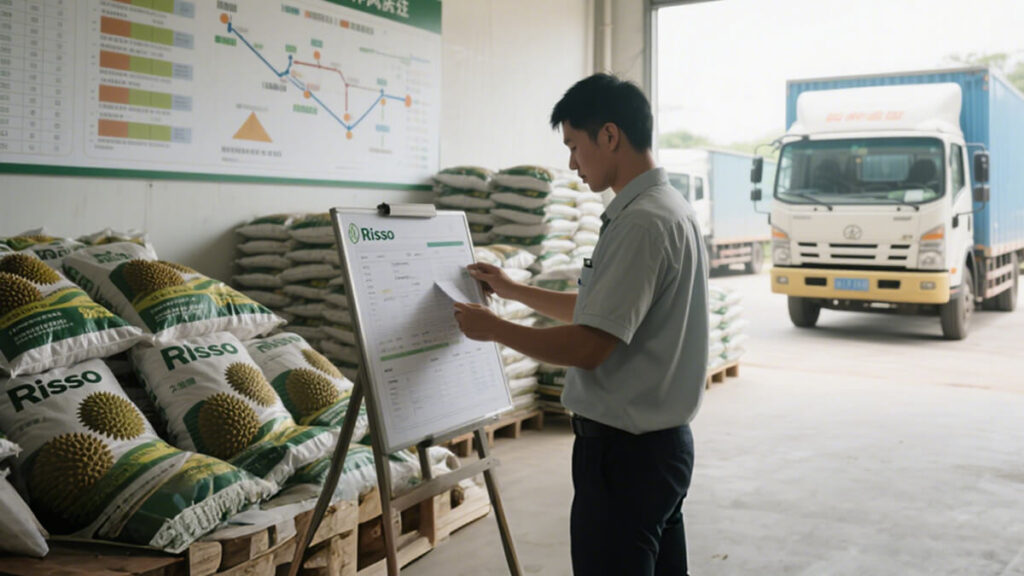
| Growth Stage | Recommend NPK Ratio | Application Rate (per tree/year) | Fertilizer Type | Key Notes |
|---|---|---|---|---|
| Planting (0–1 yr) | 15‑15‑15 | 0.5–0.8 kg (split 3–4 times) | Granular NPK + organic manure | Use 5–10 kg organic manure. Boosts root and early vegetative growth. |
| Young Tree (1–3 yr) | 15‑15‑15 → 16‑16‑8 | 1–2 kg (split) | Granular NPK | Focus on canopy development; apply around the dripline. |
| Pre-Bearing (4–5 yr) | 12‑12‑17 + TE | 3–4.5 kg | NPK with trace elements | Transition to fruit production; support tree structure. |
| Mature Bearing | 10‑15‑20 → 12‑6‑22 | 6–10 kg/year | High-K NPK + TE | For flowering and fruit set; apply in 3–4 splits annually. |
| Post-Harvest Flush | 10‑26‑26 + Mg foliar | 0.5–1 kg + 2–3 foliar sprays | Fertigation + foliar nutrients | Supports leaf flush and recovery. |
| Flower Induction | 0‑52‑34 + 12‑61‑0 + B | 0.5–1 kg fertigation + foliar | MKP, MAP, boron foliar spray | Begin 6–8 weeks before expected flowering. |
| Fruit Development | 13‑0‑46 or 15‑5‑30 | 1.5–3 kg fertigation + foliar | Fertigation + foliar K | Improve fruit size, sweetness, and quality. |
| Annual Maintenance | 15‑15‑15 or 16‑16‑16 | 2–3 kg + 10–20 kg organic manure | Balanced NPK + compost | Apply after pruning or during recovery. |
4. Durian Fertilizer Application Guidelines
Soil Application: Apply fertilizers in a ring around the drip line, avoiding direct contact with the trunk. On sloped terrain, pocket applications are preferred to reduce runoff.
Timing: Fertilizer applications should coincide with irrigation or rainfall to maximize absorption and minimize loss.
Foliar Spraying: Apply in early morning or late afternoon to prevent leaf burn. Dilute products as per label instructions.
Monitoring: Use leaf and soil analysis to fine-tune application rates and correct nutrient imbalances.
Following a consistent, data-driven fertilization plan is essential for achieving a productive and sustainable durian orchard management system.
5.Common Fertilization Mistakes to Avoid
Over-fertilizing with nitrogen, which leads to vegetative overgrowth and delayed flowering.
Using potassium chloride (KCl) in acidic soils can cause root stress and reduce fruit quality.
Neglecting micronutrients, particularly boron and calcium, often results in flower drop or malformed fruits.
Incorrect foliar spray timing, especially under direct sunlight, may damage leaves and reduce effectiveness.
Unbalanced NPK ratios that don’t correspond to the tree’s age or growth stage can limit productivity.
Avoiding these mistakes ensures consistent growth and helps maintain the long-term fertility of the soil.
6.Choosing the Right Durian Fertilizer
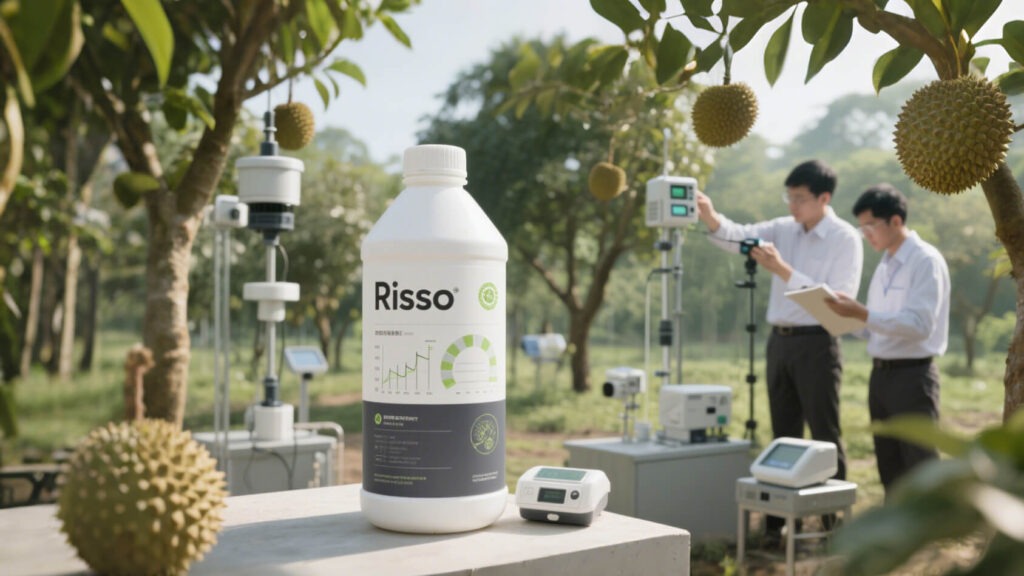
When selecting a fertilizer for your orchard, consider the following:
Look for customized durian fertilizer blends that meet your regional soil and climate conditions.
Choose products with trace elements such as zinc, boron, and magnesium, especially during the reproductive stage.
Use best organic fertilizers for durian trees when prioritizing soil health, particularly in low-input or organic farming systems.
Combine granular and foliar applications for a synergistic effect on fruit yield and quality.
Durian growers who integrate these strategies into their management plans consistently report higher returns and healthier trees.
Conclusion
Developing an effective durian fertilizer strategy requires balancing science, timing, and resource efficiency. By implementing a well-structured nutrient plan—including granular NPK fertilizer, organic compost, and targeted foliar sprays—growers can boost productivity while protecting long-term soil health.
For those seeking performance-driven solutions, Risso Fertilizer offers high-quality, customized fertilizer formulations tailored specifically for durian cultivation. Whether you’re managing 10 trees or 10,000, the right fertilizer program makes all the difference.
📌 Interested in boosting your durian yield? Contact Risso for tailored NPK and organic fertilizer solutions made for tropical fruit crops like durian.
Related Durian Fertilizers
- Article
What will you get when touch?
✔ Quick & helpful reply within 6 hours.
✔ Tailored solutions for your project.
✔ One-stop product, tech, market
TRENDING
TAIAN RISSO CHEMICAL FERTILIZER CO.,LTD
- Address: High-tech Development Zone, Taian City, Shandong Province
© Copyright 2017 RISSO CHEMICAL. All Rights Reserved.



